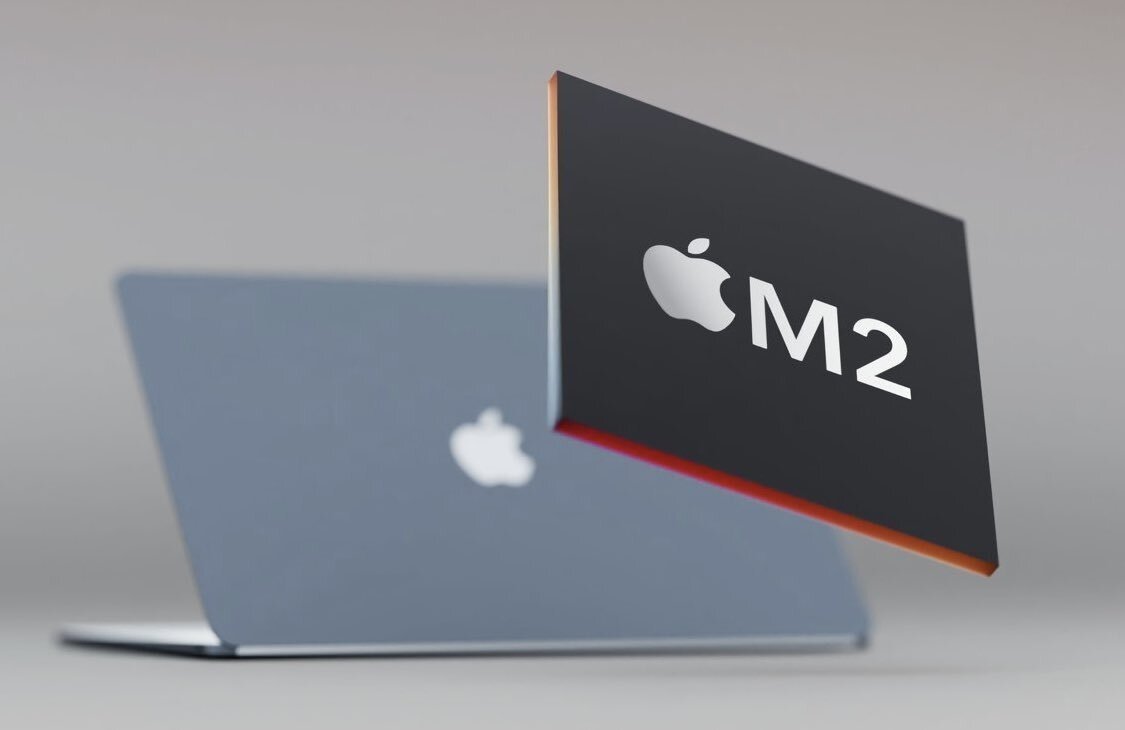Apple could be the first to use TSMC's 3nm chip process for M2 Pro
Apple's 2022 MacBook Pros may pack new M2 Pro and M2 Max chipsets made with TSMC's latest 3nm manufacturing process, according to a new report.

M2
TSMC, the world's largest semiconductor contract manufacturer, has been steadily building out its 3nm production processes. According to the Commercial Times, Apple could be the first customer to get its hands on those chips.
The report notes that Apple will use 3nm wafers for the first time in the second half of 2022, likely for its M2 Pro chipsets. Future releases built on the 3nm process could include the iPhone-specific A17 chipset, as well as a future third-generation of the M series.
Commercial Times also separately reported that TSMC will begin mass production of its 3nm wafers in September. The report adds that initial yield will be higher than when TSMC switched to 5nm processes.
Compared to previous chipmaking processes, semiconductors made using the 3nm process could bring increased power efficiency and performance to Apple's devices.
Prior reports indicate that Apple will use the M2 Pro chip -- and possibly an M2 Max -- in its 14-inch MacBook Pro, 16-inch MacBook Pro, and Mac mini models later in 2022 or early 2023.
Read on AppleInsider

M2
TSMC, the world's largest semiconductor contract manufacturer, has been steadily building out its 3nm production processes. According to the Commercial Times, Apple could be the first customer to get its hands on those chips.
The report notes that Apple will use 3nm wafers for the first time in the second half of 2022, likely for its M2 Pro chipsets. Future releases built on the 3nm process could include the iPhone-specific A17 chipset, as well as a future third-generation of the M series.
Commercial Times also separately reported that TSMC will begin mass production of its 3nm wafers in September. The report adds that initial yield will be higher than when TSMC switched to 5nm processes.
Compared to previous chipmaking processes, semiconductors made using the 3nm process could bring increased power efficiency and performance to Apple's devices.
Prior reports indicate that Apple will use the M2 Pro chip -- and possibly an M2 Max -- in its 14-inch MacBook Pro, 16-inch MacBook Pro, and Mac mini models later in 2022 or early 2023.
Read on AppleInsider

Comments
So, Apple would be lucky to have M2 Pro and M2 Max packages available in Macbook Pro updates by late December. Like Dec 20 availability, just a trickle of laptops before the holidays.
Still a mystery why they didn't put an M1 Pro in the Mac mini and iMac 24 last March or so. Would have given those products a solid year of sales before being updated to a M2 Pro.
but if you mean a whole microprocessor, which measures in inches these days, then we have some time
Technically, of course the expression "3nm" is indeed a process. In any event "3nm" is unfortunately just a marketing expression anyway.
I can only assume that AI being well aware that it is a [manufacturing, production] process applied to [chipsets, releases, semiconductors].
I can only assume that AI assumed they could safely use the single word wafer shorthand rather than more multi-worded expressions, assuming that most readers here would not confuse the issue. So … no biggie.
There is no industry-wide agreement about defining a 3 nm node either (emphasis mine) :
https://en.wikipedia.org/wiki/3_nm_process
It's just a number they use relative to their previous process to indicate some reduction in node geometry of different transistor technologies.
Full disclosure I didn't know that either before looking it up now and am a bit disappointed, I thought it actually meant an actual size.